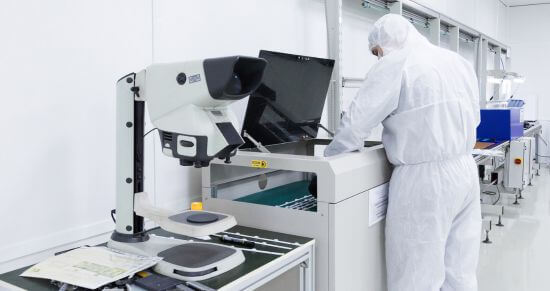What is Premarket Notification 510(k)?
A premarket notification or 510(k) submission, is the regulatory pathway by which medical devices obtain clearance for marketing in the United States.
A 510(k) submission is a premarket application submitted to the FDA to prove that the medical device intended to be marketed is as safe and effective, demonstrating the substantially equivalent, to already legally marketed device (section 513(i)(1)(A) FD&C Act).
To obtain FDA approval for a medical device via the 510(k) premarket notification process, the submitter must demonstrate its substantial equivalence (SE) to one or one or more legally marketed devices. The legally marketed devices used for demonstrating equivalence are commonly referred to as the “predicate”. Although devices recently cleared under 510(k) are commonly selected as the predicate for demonstrating SE, or any legally marketed device may serve as a predicate.
What is Substantial Equivalence (SE)?
Substantial Equivalence (SE) means proving that the safety and effectiveness of the new device are comparable to those of the predicate device.
A device is considered as substantially equivalent to a predicate if it meets the below criteria;
- The new device has the same intended use and same technological characteristics as the predicate device; or
- The new device has the same intended use and different technological characteristics and does not raise new safety and effectiveness concerns; and
- The submitted information shows it is as safe and effective as the legally marketed device.
The two devices can never be identical. The other factors considered in establishing equivalence include device design, materials,physical & chemical properties, method of sterilization ,technical specifications, hardware, software, etc.
To evaluate whether the differences in technological characteristics impact the safety or effectiveness, the FDA will focus on performance data which can include clinical data and non-clinical bench performance data, including performance testing, sterility, electromagnetic compatibility, software validation, biocompatibility evaluation, etc.
When the FDA determines a medical device to be substantially equivalent (SE), it is granted clearance for commercial distribution and can be marketed. However, if the device is not substantially equivalent (NSE), the submitter may need to follows additional regulatory pathways;
- Submit another 510(k) with updated data,
- Request a Class I or II designation through the De Novo Classification process
- File a reclassification petition or
- Submit a premarket approval application (PMA)
Premarket Notification 510(k) Pathways
There are three types of premarket notification may be submitted to FDA:
TYPES OF 510(k)
- Traditional:
- Applicable for both initial submissions and modifications to previously cleared devices under 510(k) clearance.
- Traditional 510(k) applications are usually reviewed by the FDA within 90 days of receipt.
- Special:
- Abbreviated:
The most commonly used 510(k) submission is the Traditional 510(k) because it is suitable for devices with clear predicates and established technological characteristics. This pathway allows manufacturers to leverage existing data and performance testing from predicate devices, streamlining the approval process.
Suggested Read:
Similarities and Differences between 510(k) and CE Marking of Medical Device
Conclusion
Proficient handling of the 510(k) premarket notification process ensures adherence to regulatory standards and facilitates the introduction of safe and effective medical devices and the demonstrating substantial equivalence through rigorous comparison with predicate devices confirms the safety and effectiveness of new medical devices within the industry.
References
1. PreMarket Notification 510(k) | FDA
2. Format for Traditional and Abbreviated 510(k)s






